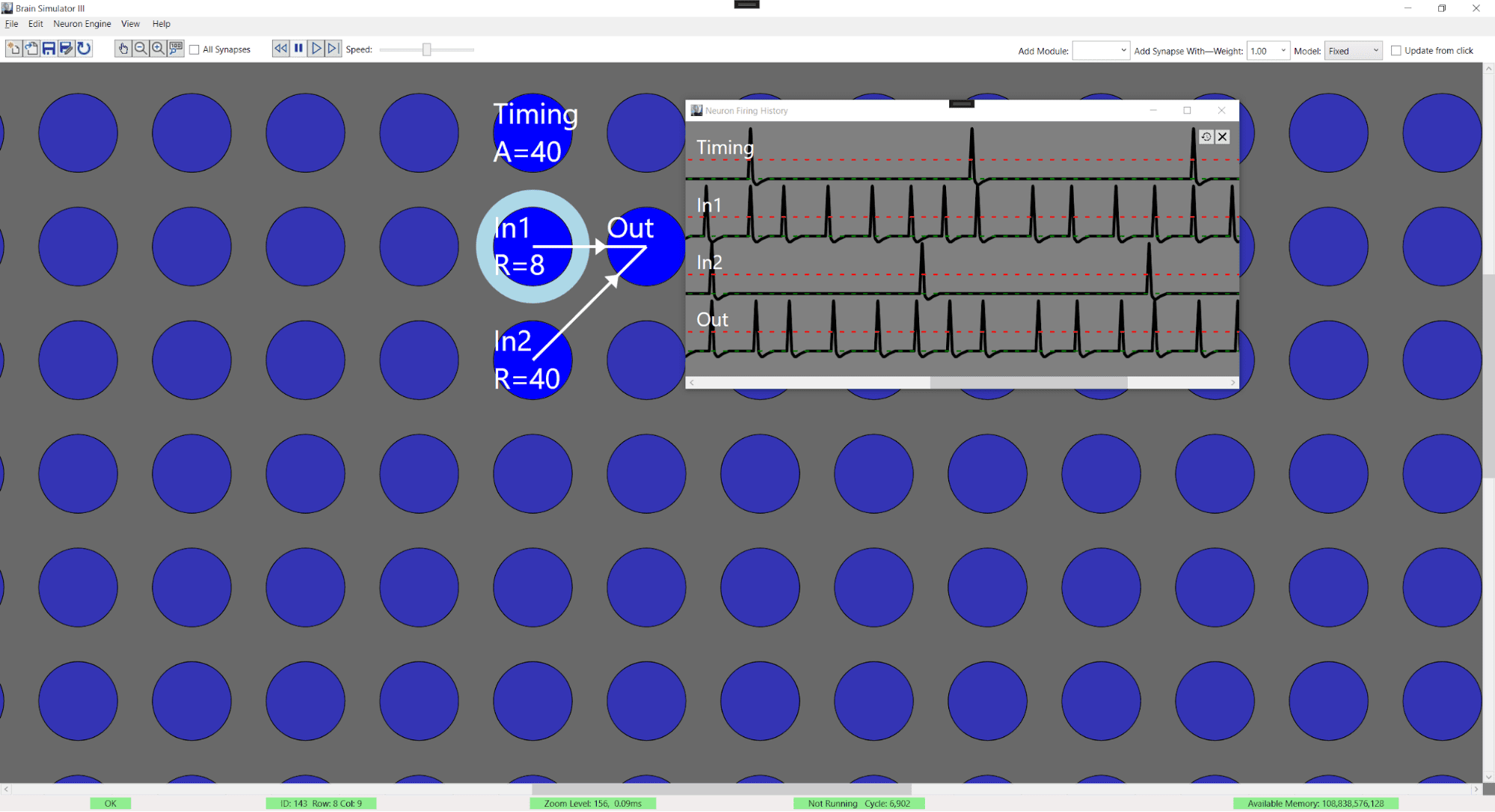Machine Learning Is Not Like Your Brain Part 5: Biological Neurons Can’t Do Summation of Inputs
See why biological neurons can’t do the most fundamental process of the artificial perceptron, the summation of inputs.
Fundamental to all ML systems is the idea that the artificial neuron, the perceptron, sums the weighted signals from the various input synapses. Admittedly, there are a few cases where this appears to work in a biological neuron model. For the majority of cases, though, it doesn’t.
The biological neuron has a membrane potential or voltage which I’ll call its “charge.” The neuron accumulates charge from its input synapses and the various synapses have “weights” corresponding to the amount of charge they contribute. The synapse weight may be positive or negative. When the charge exceeds a threshold, the neuron will fire, sending a neural spike to all the neurons to which it is connected and resetting the internal charge. For convenience, we’ll call the resting charge 0 and the threshold level 1.
There are three characteristics of biological neurons which make signal summation difficult or impossible:
- After a neuron fires, it cannot fire again for about 4ms, the “refractory period.” During the refractory period, all incoming signals are ignored.
- No matter the level of incoming signals, the neuron can never fire faster than its maximum rate.
- The internal charge cannot go below 0. If the internal charge is 0, incoming negative-weight signals will be ignored. You can see that ignoring any incoming signals will upset the accuracy of the summation.
- The internal charge cannot go above 1. If the charge ever reaches 1, the neuron will fire, so additional incoming signals (either positive or negative) will be ignored during the refractory period. This and the above means that an overall summation can’t be performed properly if any partial sum would go below 0 or above 1.
Consider a simple example. Imagine that our neurons represent a value from 0-1 in a 40ms period, represented by the number of neural spikes emitted in the period. To represent a value of .6, we’d have 6 spikes which might be evenly distributed but, more likely, are randomly distributed in the 40ms time segment. Let’s assign our signal with a value of .6 to “In1” in the figure and assign another with a value of .1 to “In2”. For the summation to be accurate, we’d like “Out” to spike 7 times in the time segment.
Looking just at the value of 6, during the 40ms time segment, Out will be in its refractory period for 24ms so there is a 60% probability that our signal from In2 will arrive during a refractory period and be ignored. If the 6 spikes are evenly distributed, they occur every 6.7ms so if our in2 spike happens to sneak in, the following spike from In1 will arrive during the refractory period and be ignored. Therefore, if spikes are evenly distributed, there is no possibility that 6 spikes + 1 spike will ever equal anything but 6 spikes.
If the spikes are randomly distributed, there is some possibility that a neuron might compute that 6+1=7, but the probability is remote and related to the distribution of the spikes. You could get a better summation with neurons if the signal values were always small relative to the time segment. To do this, you need to further reduce the number of allowed values and/or make the time segment longer. With a 400ms time segment you can get reasonable summations of small values like 6+1, but this is too slow and too limited to be useful for Machine Learning.
Considering the 3rd and 4th points above, perceptrons start with a similar limitation, which is why there is a function, usually a sigmoid, which maps the summed inputs back to the 0-1 range (or -1,1). The problem is that biological neurons “clip” the incoming signals before the summation is complete, so there is no way to clean up with the equivalent of the sigmoid function.
While the neuron cannot perform the most basic ML function, it is much better at recognizing which of several signals arrived first. This is how you can recognize the direction of sound from signals which arrive at your two ears only a fraction of a millisecond apart. Neurons are also very good at determining which of two input signals is spiking faster. This functionality is used by neurons which recognize boundaries in your visual field where neurons on one side of the boundary are firing at a different rate than those on the other. Machine learning algorithms tupically ignore these capabilities of the biological neuron.
In the same way that neurons have a limited range of values as was discussed in the previous article in this series, synapses are even more limited. And that is the topic of the next article in our nine-part series on why ML is not like your brain.

6+1=6, showing that spiking neurons don’t really perform the summation the way artificial perceptrons do. The neuron “timing” is just a marker firing every 40ms. “In1” is slightly randomized and produces 6 spikes in each time period, while “In2” fires only once per period. Both are connected to “Out” with synapses of weight 1. By observing Out, you can see which spike lands in the refractory period of Out and is lost. In the left case, the spike from In2 arrives during the refractory period. In the right-hand case, the spike from In2 causes Out to fire, but the next spike from In1 arrives in the refractory period. In either case, the summation clearly does not work properly.
You can learn more about this topic in this video.
Charles Simon is a nationally recognized entrepreneur and software developer, and the CEO of FutureAI. Simon is the author of Will the Computers Revolt?: Preparing for the Future of Artificial Intelligence, and the developer of Brain Simulator II, an AGI research software platform. For more information, visit here.
